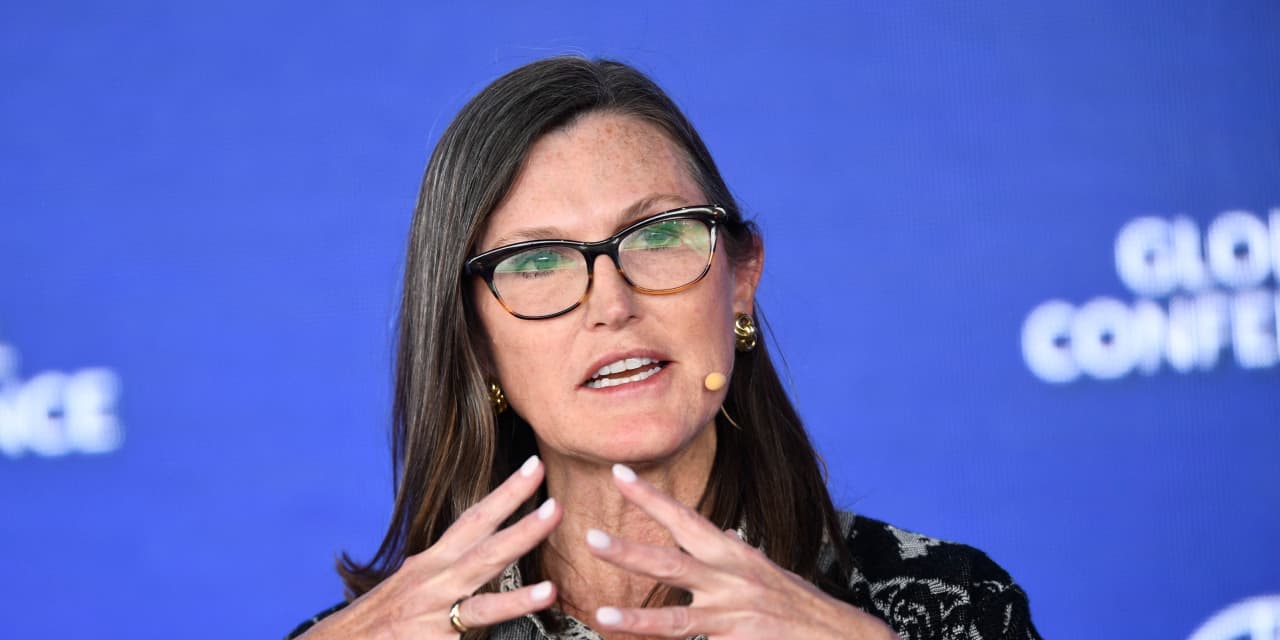The headlong slide in yields spurred the so-called everything rally in risk assets, ranging from stocks to high-yield debt to currencies and precious metals.
In a remarkable evolution of market consensus, expectations, as expressed in federal-funds futures prices, suggest the Federal Reserve will begin to lower its key policy interest rate by 25 basis points, from a range of 5.25% to 5.50%, as soon as next March. And the futures market priced in as many as six quarter-point cuts by the end of 2024, according to the CME FedWatch site.
A couple of months ago, the prevailing notion was that the tightening of financial conditions—primarily reflecting the rise in bond yields and the dollar, plus a slumping stock market—would obviate the need for the Fed to raise short-term rates further.
Since then, financial conditions have eased, with a slide in bond yields and the greenback, plus a rally in equities, on the expectation that there would be no further Fed hikes and cuts would be coming sooner rather than later in the coming year.
In particular, Fed governor Christopher Waller this past week expressed confidence that inflation was receding back toward the central bank’s 2% target. If that trend continues for several more months, the Fed could start lowering rates even without a rise in unemployment, he added.
Whatever the spur, investors continued to plow into high-yield bond funds, domestic growth and small-cap funds, and funds in interest-sensitive sectors such as financials and utilities, according to Bank of America’s strategy team led by Michael Hartnett. Among the beneficiaries was Cathie Wood’s
ARK Innovation
ETF, which the BofA crew cheekily observed has closely tracked the price of Austria’s famous 100-year bond, showing both were similarly dependent on interest rates.
Key tests of Fed rate-cut expectations lie just ahead. In particular, the November employment report, due this coming Friday, will be a major economic barometer for the Federal Open Market Committee to mull ahead of its Dec. 12-13 meeting. Most economists look for a 200,000 rise in nonfarm payrolls, although NatWest’s analysts forecast a 240,000 increase, artificially boosted by the return of 50,000 formerly striking workers.
The last FOMC Summary of Economic Projections suggested only two 25-basis-point trims in 2024, but that was made back in September. Now markets have priced in at least four, and as many as six, reductions. They will want to see if the Fed’s policy-setting panel agrees with their outlook.
Corrections & amplifications: Markets expect the Federal Reserve to begin lowering its key policy interest rate by a quarter of a percentage point from a range of 5.25% to 5.50% next March. A previous version of this article implied the rate is expected to increase.
Write to Randall W. Forsyth at [email protected]
Read the full article here





